Navajo Nation to federal agency: Remove uranium contamination from former mill site
CHURCH ROCK – Members of the U.S. Nuclear Regulatory Commission visiting the Red Water Pond Road community on April 22 to evaluate United Nuclear Corporation's request to amend its cleanup plans literally got a taste of the problems community members say they cope with every day.
Windy conditions caused dust to blow into the shade house where the field meeting was held. Several residents told commissioners that the dust contained pollutants, and it was an example of conditions they have lived with for generations.
The possibility of keeping uranium mine waste in the Red Water Pond Road community, located near to the mill site, does not sit well with nearby residents, who prefer that it be removed completely from the area.
"For decades my elders here have repeatedly demanded for full and proper cleanup," said Gallup resident Talia Boyd, who still has family in Church Rock. "We want your waste, your government's waste off of our tribal trust lands. We're not talking about moving it over the hill, across the road. We want it away from our communities."
More: Bill legalizing same-sex marriage on Navajo Nation voted down by first committee, but proceeds
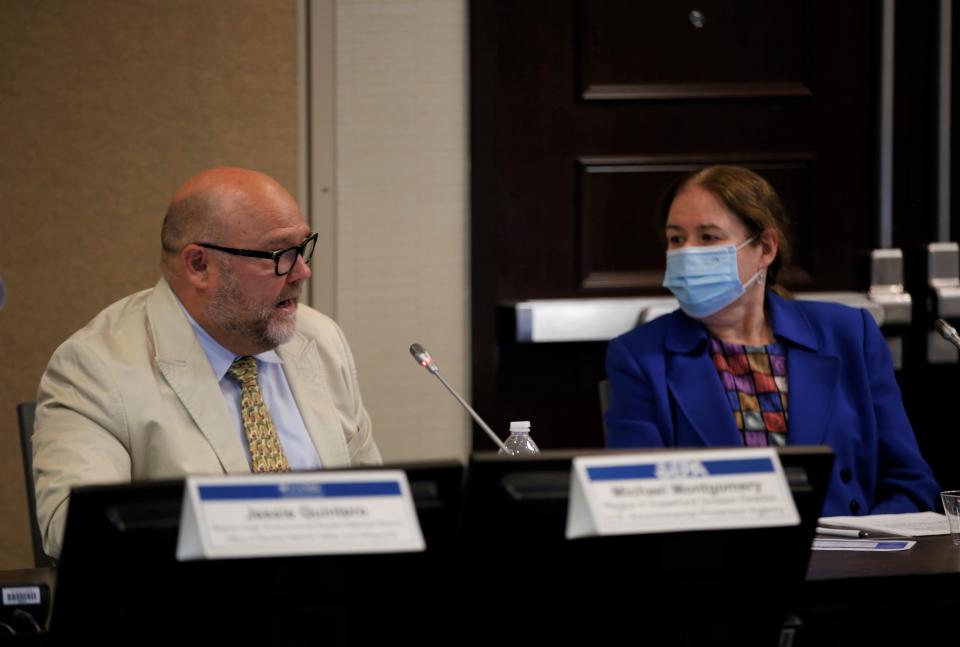
EPA says the worst contaminants would be removed
The corporation asked the commission is to amend its license to implement a design to dispose uranium mine waste — one that would basically move waste to the tailing disposal area at the mill site.
While the EPA supports moving waste to the mill site, the action is contingent upon approval by the commission, which is expected to decide by the end of June.
Michael Montgomery, director of the EPA Region 9 Superfund and Emergency Management Division, explained that the chosen remedy is designed to take the waste to the mill site and hold it in a state-of-the-art facility.
The highest level of contaminated material would go to a licensed disposal facility away from the area, he added.
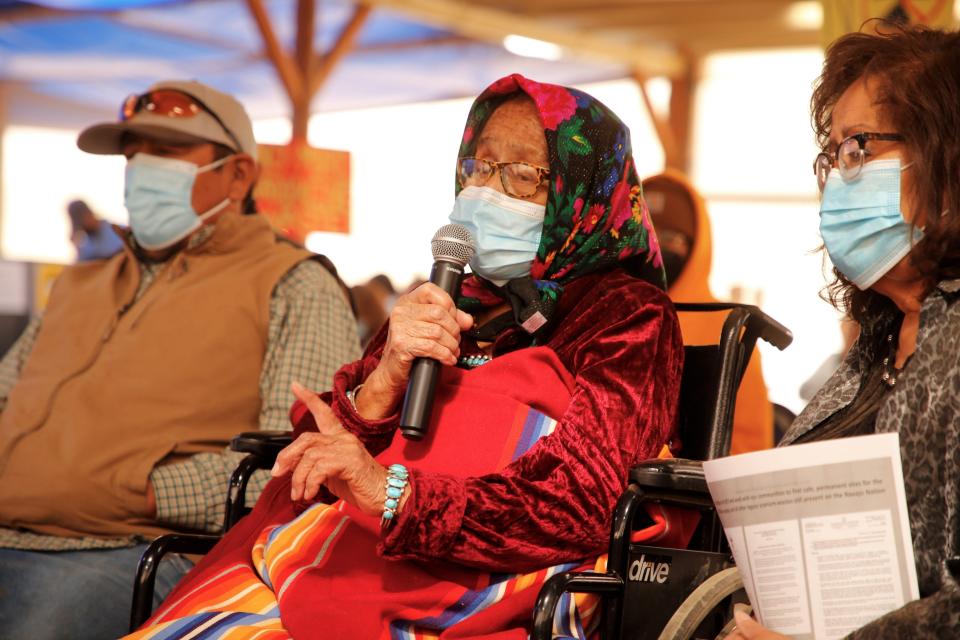
He said that the EPA takes its trust responsibilities very seriously and recognizes that despite best efforts, there are still significant concerns about the design.
"But we believe it still demonstrates that it’s the most protective and effective remedy that we can implement using our statutory tools," Montgomery said.
Although United Nuclear Corporation was acquired by General Electric in 1996, it remains to oversee the decommissioning of its former sites.
The corporation's Church Rock mill site sits on private land but is surrounded by the Navajo Nation and tribal allotted lands.
More: Controversial helium extraction bill returns to Navajo Nation Council
The mill site is known for the July 1979 spill that released approximately 94 million gallons of uranium and radioactive waste into the Rio Puerco, which travels through the area into Gallup then northeastern Arizona.
The site is a licensed Nuclear Regulatory Commission facility and a U.S. Environmental Protection Agency superfund site, according to the NRC website.
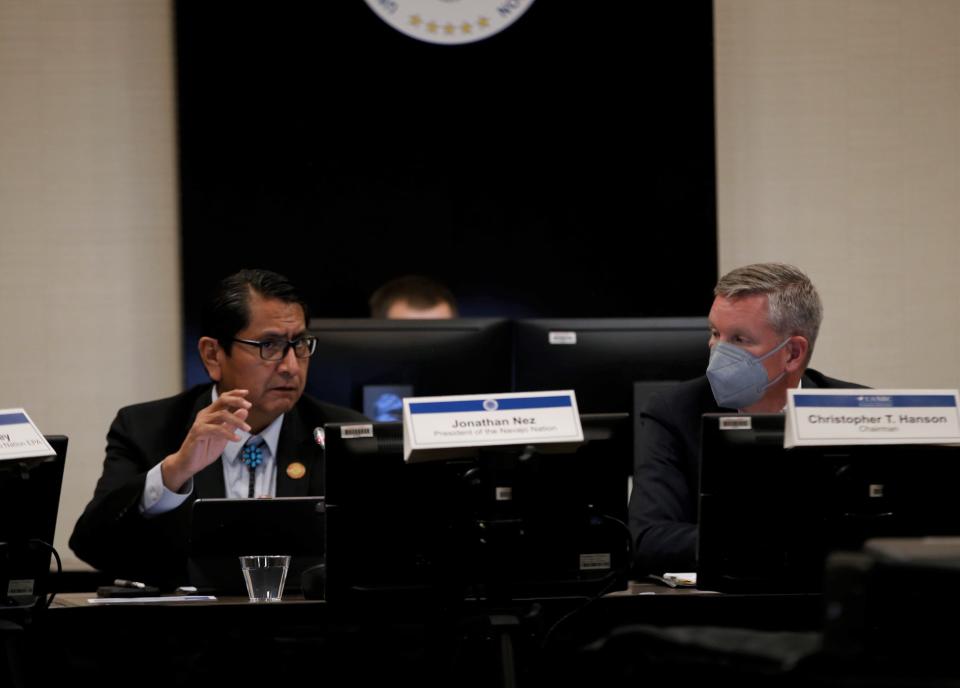
On-site meeting a rarity in a cleanup process
It has been decades since the NRC held a hearing outside of Washington, D.C., as commission chairman Christopher Hanson noted in his remarks, and this was the first one on the Navajo Nation.
The commission also visited Gallup.
Their visit was at the request of Red Water Pond Road community members, Navajo Nation President Jonathan Nez and the Navajo Nation Environmental Protection Agency.
Hanson said the visit was arranged so commissioners can hear directly from residents about the impacts of uranium contamination on the Navajo Nation.
There are more than 500 abandoned uranium sites identified on the tribal land as the result of the United States' nuclear activities during the Cold War.
The proposal before the federal agency to amend environmental cleanup activities at one of the largest uranium milling and mining sites on the Navajo Nation brought out community members who oppose the site owner's onsite disposal plan.
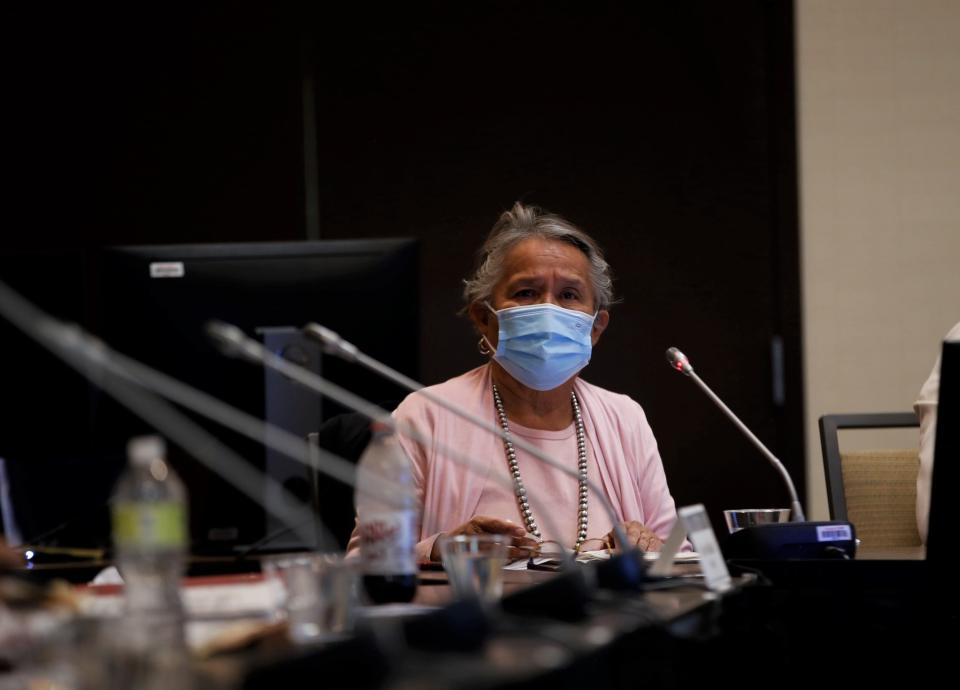
These activities are taking toll on tribal members' health and the environment and continue to affect generations, residents said.
"The uranium contamination in and around the Navajo Nation is a tragedy. It should never have happened," Commissioner Jeff Baran said.
During the field hearing, community members called on the commission to deny the UNC request and have the radioactive waste removed from the area.
More: 'They're going to disrupt Mother Earth.' Protest held over helium extraction proposal
Red Water Pond Road residents and Navajo Nation officials repeatedly stated opposition the proposal at the commission's field hearing at the location on the afternoon of April 22.
"We're just asking for the basic human right to have a clean home, clean environment, clean water, clean air," Edith Hood, a member of the Red Water Pond Community Association, said.
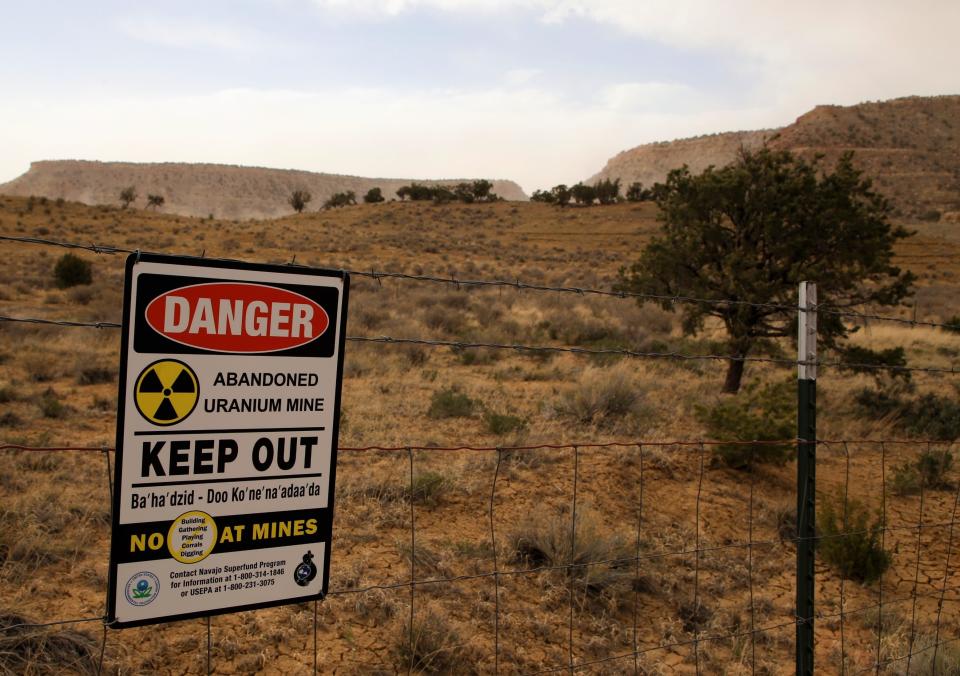
Residents have advocated for decades to federal agencies to conduct cleanup activities that meet their standards and have shared stories about their community's uranium mining legacy.
Boyd was a child when her family moved to the Church Rock area from Tuba City, Arizona. She explained that the Navajo Nation is among several tribal nations dealing with the aftermath of uranium extraction activities.
"Native people, we know the cost of nuclear. We come from the frontline communities," Boyd said adding that federal agencies know the multiple issues Native communities face from uranium contamination.
Noel Lyn Smith covers the Navajo Nation for The Daily Times. She can be reached at 505-564-4636 or by email at nsmith@daily-times.com.
Support local journalism with a digital subscription: http://bit.ly/2I6TU0e
This article originally appeared on Farmington Daily Times: Tribal members tell federal agency to remove uranium contamination

